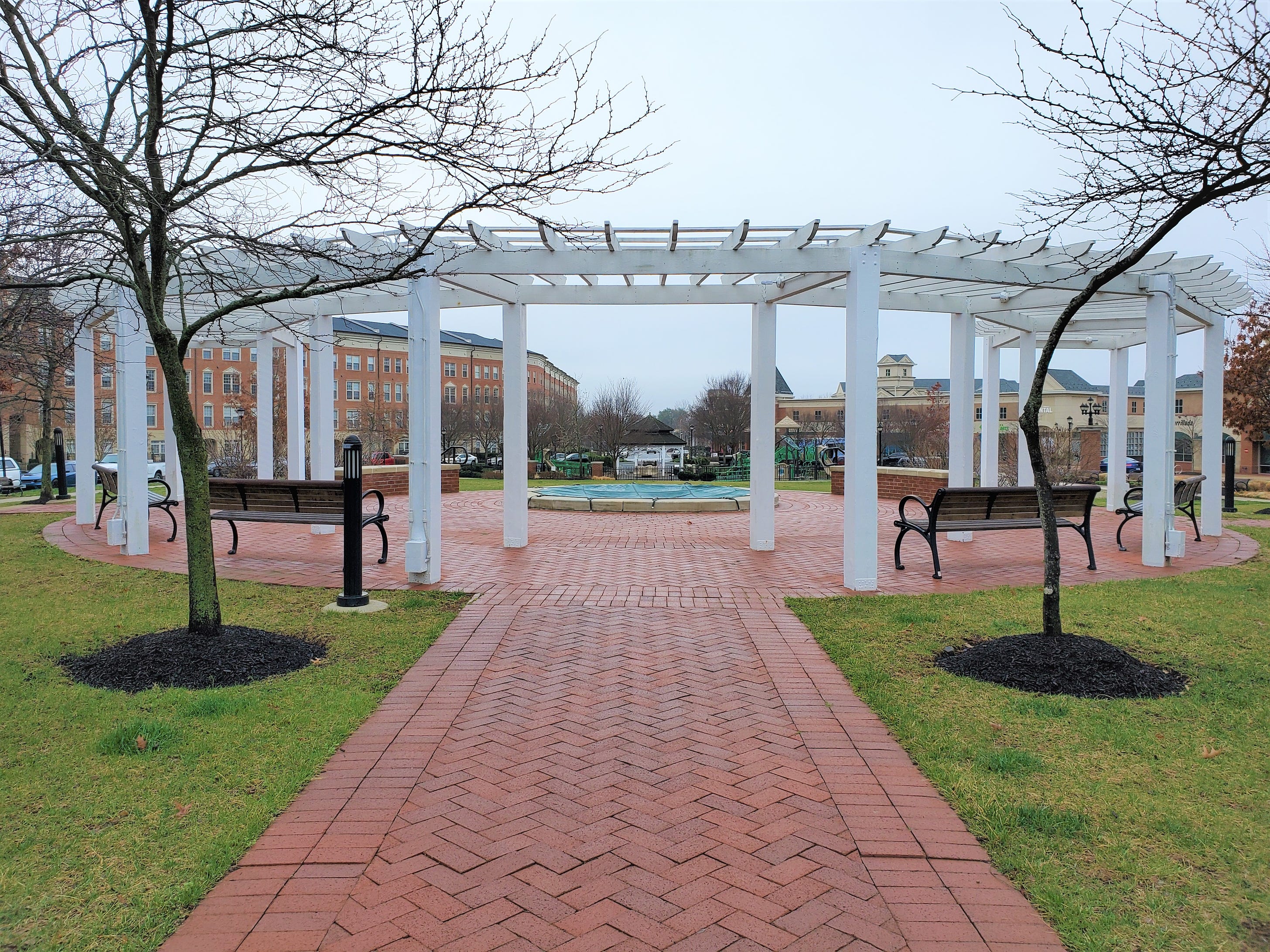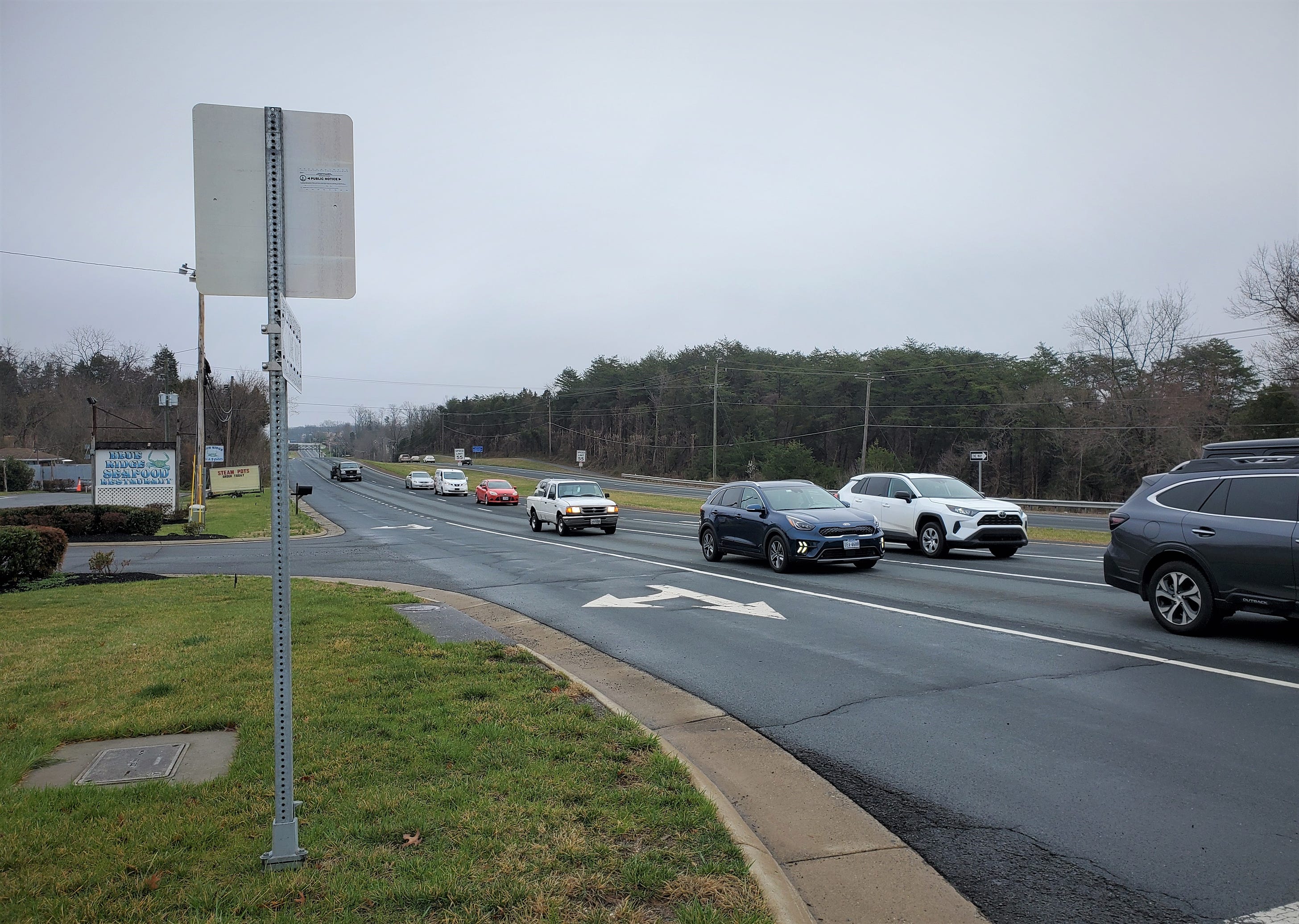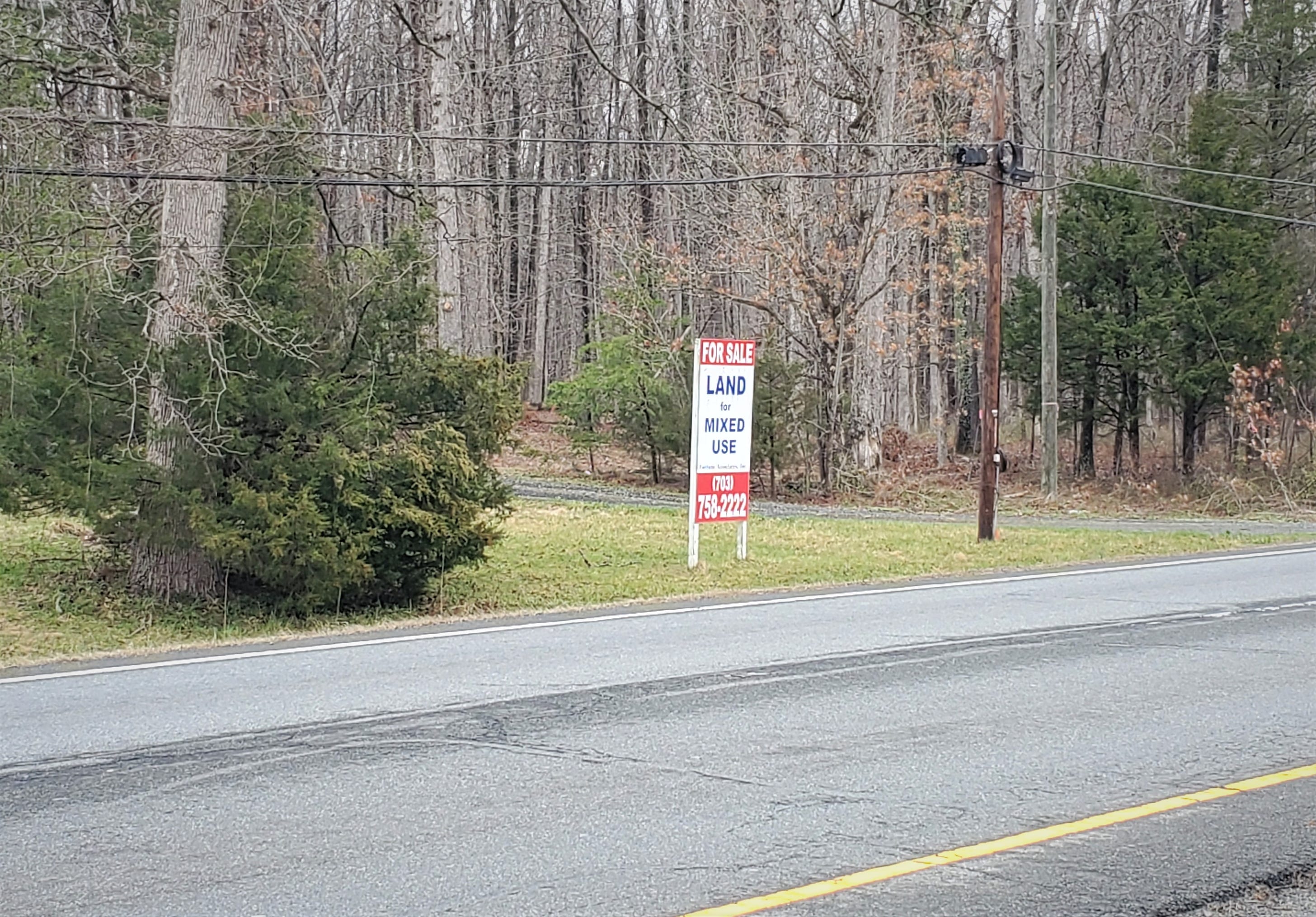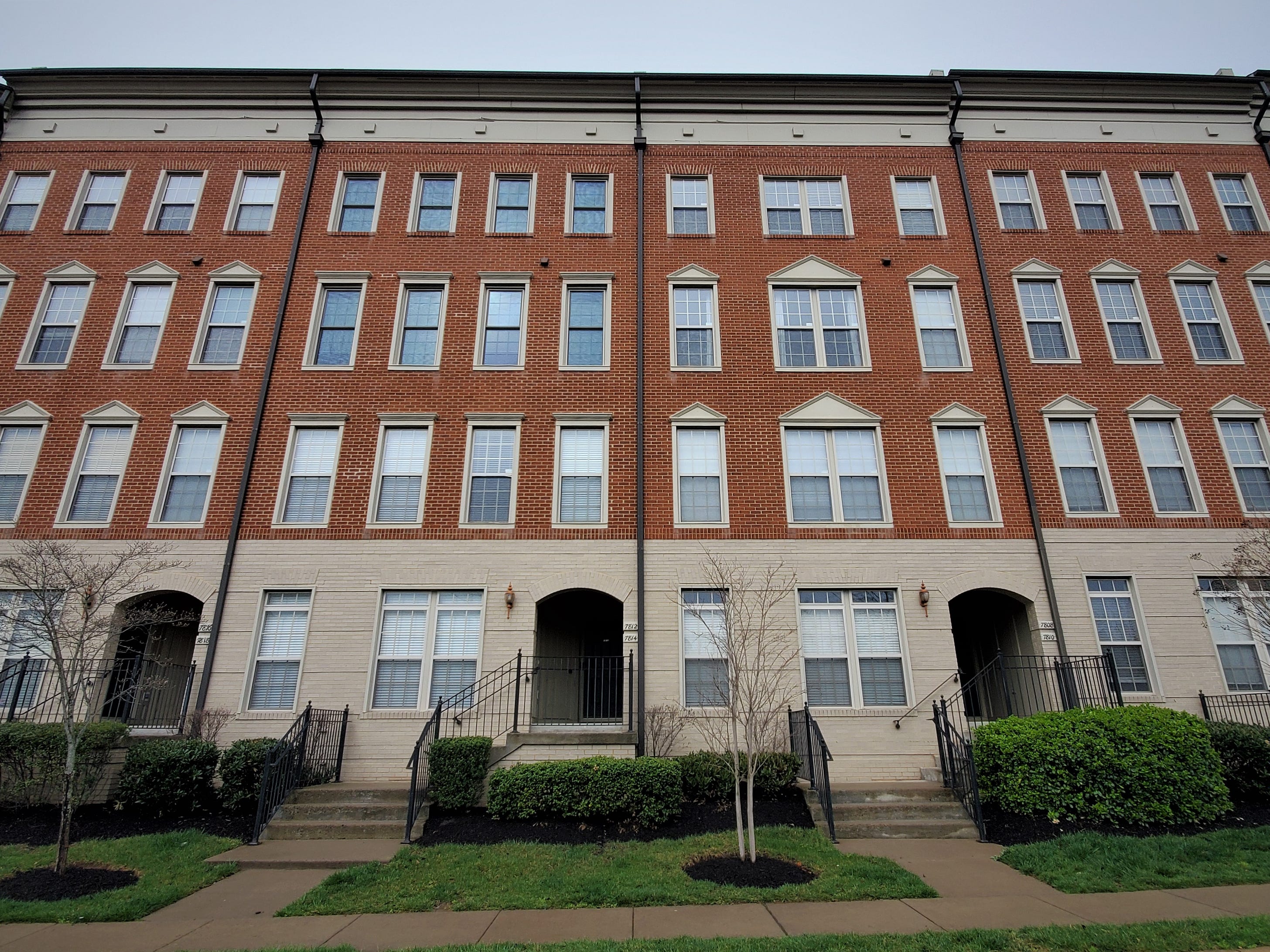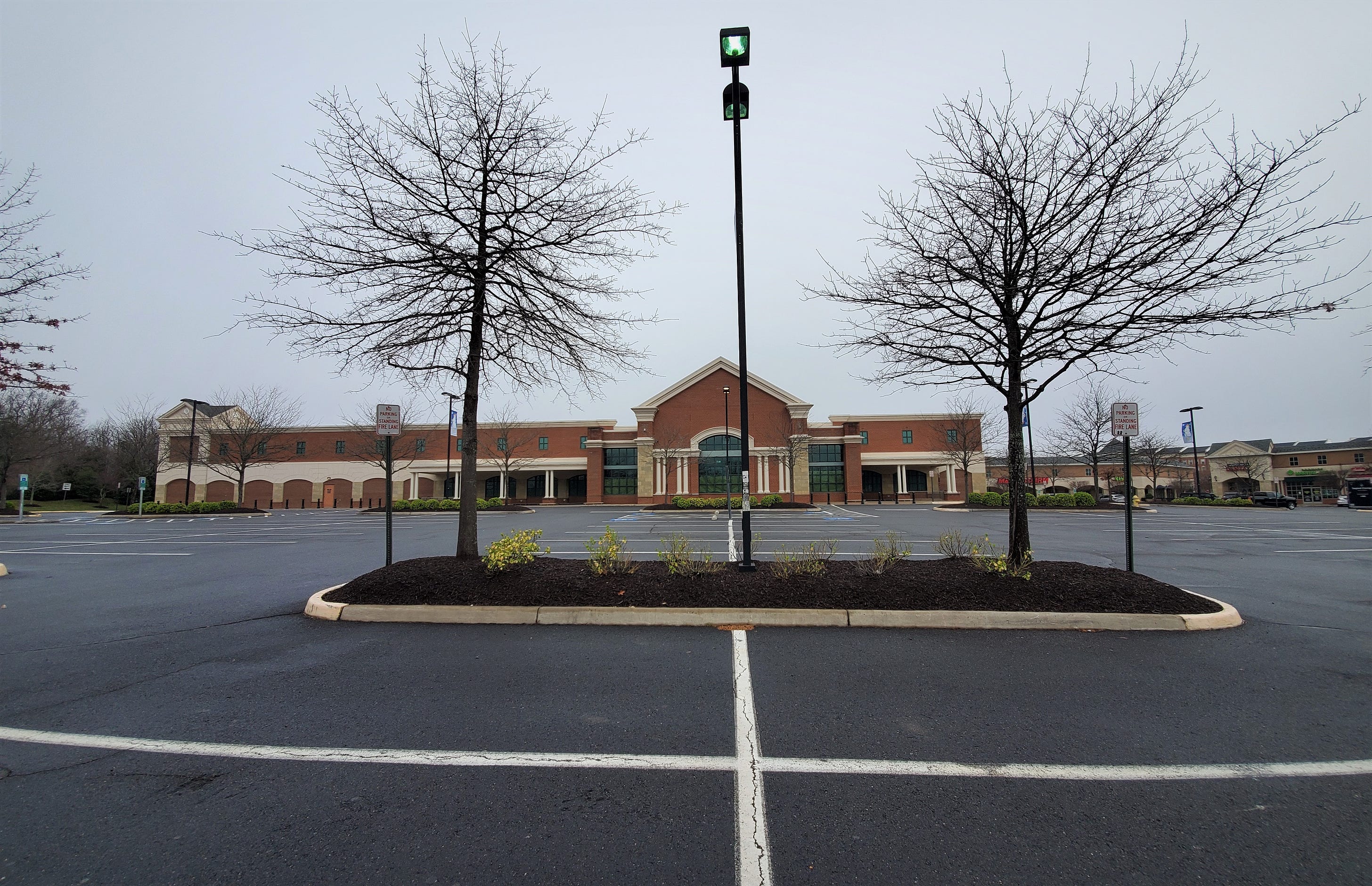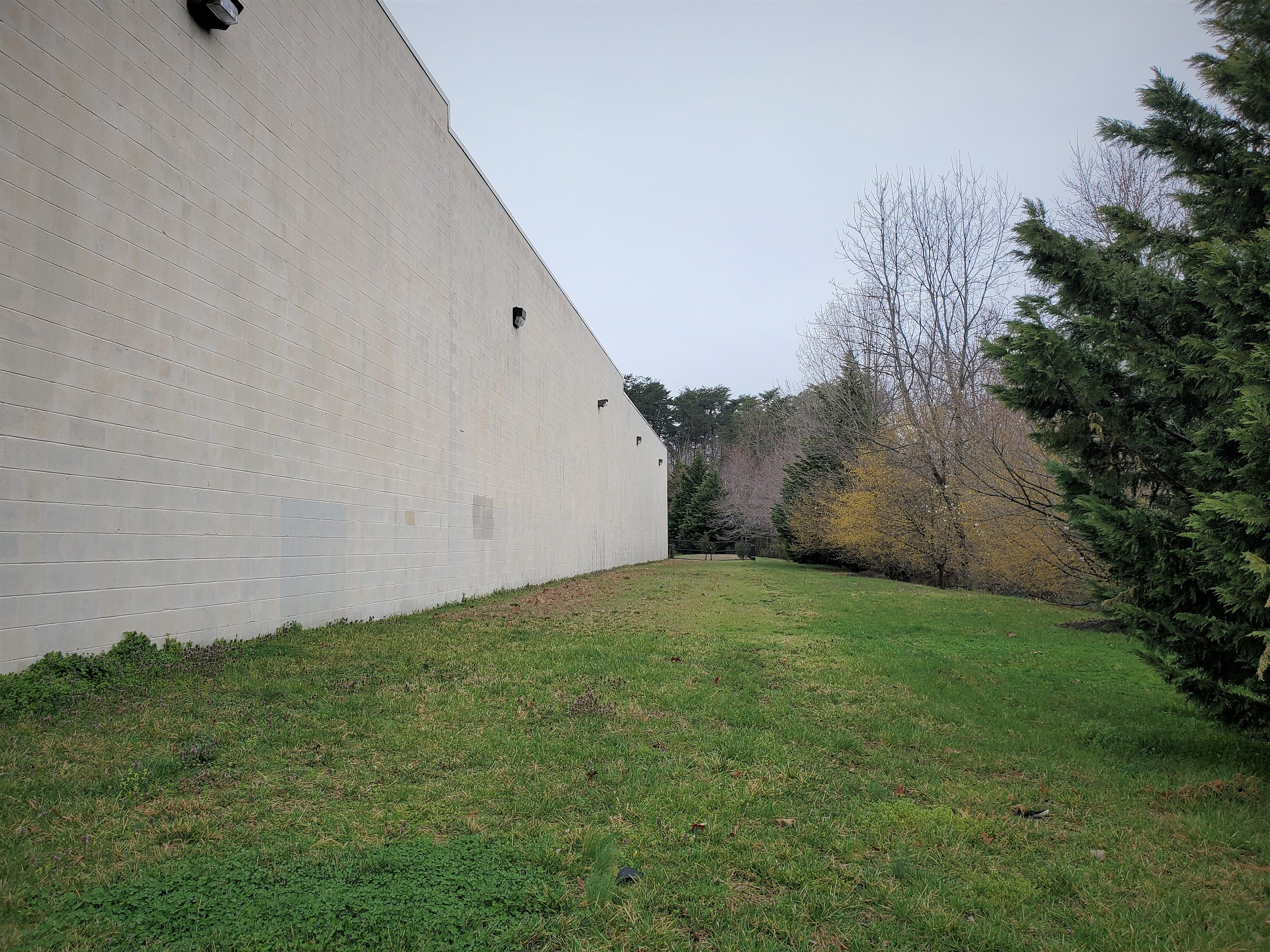The Deleted Scenes - Urbanist Sprawl
I’m facing a four-lane highway, not counting turning lanes and shoulders: Last week in Strong Towns, I wrote about this walkable mixed-use development in Gainesville, Virginia. Looking out at the highway which the development fronts, I wrote:
I was on a rural/exurban stretch of U.S. 29, which runs through Charlottesville, and can also take you into D.C. The part that runs through Gainesville is slowly developing. It looks like this: You would expect this to be lined with strip malls—which it is—and with large detached houses—which it kind of is. What’s new is that in places like this, at the edge of the metro area, you’re also seeing dense developments popping up. There’s lots of land for sale along here, and most of the signs advertise that the zoning is mixed use! That’s new. I’m not sure it’s good. Look at these two pictures. One is an abandoned church, the other is a lot for sale. The transition is uncanny. In terms of how we think about exurbs and outer suburbs, this is unusual. It’s not that mixed use isn’t good. But something’s wrong here, because dense development should be closer to the city. I think a lot of people look at this and they see the countryside being paved over, farms and orchards and nurseries selling out to developers, more traffic, etc. Perhaps they think New Urbanism or Smart Growth is the problem, and large-lot single-family zoning is the solution. But in reality, the mixed-use development along the rural highway is single-family zoning. Not here—but in Arlington, Virginia, or in Silver Spring, Maryland. Those are the natural places for increasingly dense development, which should thin out as you leave the urban core. But the zoning codes in these early inner suburbs largely don’t permit that. So the zoning ends up liberalized in places, like Gainesville, where there aren’t enough people to stop it and where there’s a lot of unbuilt land. And that’s how you get long stretches of sort-of developed land: not dense enough to support transit or an urban lifestyle, but also no longer countryside. In a word, sprawl, and lots of it. The fact that the sprawl now takes an urbanist form shows just how bad the problem is. Take a look at the housing available here in Gainesville, 40 miles from downtown D.C., fronting U.S. 29: There’s another thing going on here. Along the roughly two-mile stretch I drove and visited, there are three supermarkets. Two serve as the local supermarket for adjacent housing developments. The third is part of a standard big-box strip plaza. The other two were obviously meant to provide a walkable grocery store to people in the adjacent housing, so that absolutely every trip did not require a car ride. Here’s the first one, a discount-oriented Shoppers next to apartment buildings. This is the less expensive, and older, of the two mixed-use developments. It’s just apartments connected to a strip plaza, without any of the aesthetic touches of mixed-use New Urbanist-style developments. Out of business! This development is called Somerset Pointe. The apartments were built first, around 2001. By 2003 they had substantially broken ground on the strip, and by 2005 it was complete. The Shoppers opened with the plaza in 2005, and closed in 2010 or 2011, as far as I could tell from this Yelp review page. At the next development, Madison Crescent—the one with those brick townhomes pictured above—there’s a Harris Teeter. It’s a larger, more premium supermarket, fitting with the more landscaped and attentively designed development, which also includes a park and a small faux main street. Here’s the Harris Teeter: Yep, out of business. Madison Crescent broke ground in 2005 or 2006. The strip plaza and supermarket were finished first in 2008, and the housing was slowly built out. The final homes were built only by 2017 or 2018. The supermarket closed in 2020. The final supermarket, a massive Wegmans, is located right in between these two developments. It opened in late 2008. Wegmans is the nicest and largest of the three. The Shoppers only lasted two years, and the Harris Teeter failed only two years after the adjacent housing was built out. The three supermarkets coexisted for a very short time. And now anybody who lives in Somerset Pointe or Madison Crescent needs to hop in the car to buy any sort of groceries. It’s not as bad, but this is reminiscent of the “transit-ready” communities built along I-270 in Maryland, with the understanding that a light rail would eventually run along there with a connection to the D.C. Metro at the southern end. The neighborhoods were marketed this way, and they feature long grassy strips through the middle where the rail right-of-way was. That project, known as the Corridor Cities Transitway, was scaled back over the years until it was finally killed by Governor Larry Hogan. One story here is zoning: low-density zoning close to the city, which forces people further out and produces sprawl—whether it takes the form of exurban McMansions or four-story brick townhomes. It’s functionally the same land-use pattern, and while more density will produce more tax revenues for long-term maintenance, “urbanist sprawl” has most of the same problems as plain old suburban sprawl. It’s a little eerie that our pattern of building places, letting them decay a little, and building shiny new ones a little further away, with no thought for the long term, is playing out here on a rural highway with urban-style development. Does anyone have any idea or plan for what this will look like in 50 years? But the other story, which I touch on in the original Strong Towns piece, is this:
I’ve been thinking about this a lot lately, and I think it’s a really important aspect here. The traditional neighborhood supermarket has been squeezed out by big-box supermarkets on the one hand, and dollar stores, drug stores, and convenience stores on the other. Really, they were largely dead decades ago. But in some ways, the German small-format supermarkets, Lidl and Aldi, have reintroduced that retail form to the United States. An Aldi might be able to anchor a housing development in a way that a Harris Teeter isn’t. This is a question beyond zoning or urban design, however. It has to do in some ways with the scale at which the national and global economy operates. I’m really curious what you all think about this and if you have any insight into it. I’ll leave you with a final photo. This is the empty Shoppers. It’s striking to me how undeveloped it still looks back here. It’s a shame that this story of decline and fall took place in once unbuilt countryside, and over less than 20 years. It’s a shame this structure, which made it possible for five years to walk to the grocery store, has now been vacant for a decade. Maybe there’s a way to reuse that empty shell. Or maybe it will be torn down, like it never even happened. And hopefully, the obvious market demand for walkable, mixed-use places can go where it makes sense for it to go. Related Reading: Please consider upgrading to a paid subscription to help support this newsletter. You’ll get a weekend subscribers-only post, plus full access to the archive of over 300 posts and growing—more than one full year! And you’ll help ensure more material like this! You’re a free subscriber to The Deleted Scenes. For the full experience, become a paid subscriber. |
Older messages
The Lonely Tower
Tuesday, April 12, 2022
Have you ever noticed this frequent built-environment quirk?
Signs of Change
Monday, April 11, 2022
Change with continuity is a reasonable redevelopment compromise
Rooted or Units?
Saturday, April 9, 2022
Continuity is good, NIMBYism isn't
Rooted or Units?
Saturday, April 9, 2022
Continuity is good, NIMBYism isn't
Am I a Content Creator?
Friday, April 8, 2022
Thoughts on this newsletter and the evolution of one-man projects
You Might Also Like
*This* Is How To Wear Skinny Jeans Like A Fashion Girl In 2025
Wednesday, March 12, 2025
The revival is here. The Zoe Report Daily The Zoe Report 3.11.2025 This Is How To Wear Skinny Jeans Like A Fashion Girl In 2025 (Style) This Is How To Wear Skinny Jeans Like A Fashion Girl In 2025 The
The Best Thing: March 11, 2025
Tuesday, March 11, 2025
The Best Thing is our weekly discussion thread where we share the one thing that we read, listened to, watched, did, or otherwise enjoyed recent… ͏ ͏ ͏ ͏ ͏ ͏ ͏ ͏ ͏ ͏ ͏ ͏ ͏ ͏ ͏ ͏ ͏ ͏ ͏ ͏ ͏ ͏ ͏ ͏ ͏ ͏ ͏ ͏
The Most Groundbreaking Beauty Products Of 2025 Are...
Tuesday, March 11, 2025
Brands are prioritizing innovation more than ever. The Zoe Report Beauty The Zoe Report 3.11.2025 (Beauty) The 2025 TZR Beauty Groundbreakers Awards (Your New Holy Grail Or Two) The 2025 TZR Beauty
Change Up #Legday With One of These Squat Variations
Tuesday, March 11, 2025
View in Browser Men's Health SHOP MVP EXCLUSIVES SUBSCRIBE Change Up #Legday With One of These Squat Variations Change Up #Legday With One of These Squat Variations The lower body staple is one of
Kylie Jenner Wore The Spiciest Plunging Crop Top While Kissing Timothée Chalamet
Tuesday, March 11, 2025
Plus, Amanda Seyfried opens up about her busy year, your daily horoscope, and more. Mar. 11, 2025 Bustle Daily Amanda Seyfried at the Tory Burch Fall RTW 2025 fashion show as part of New York Fashion
Paris Fashion Week Is Getting Interesting Again
Tuesday, March 11, 2025
Today in style, self, culture, and power. The Cut March 11, 2025 PARIS FASHION WEEK Fashion Is Getting Interesting Again Designs at Paris Fashion Week once again reflect the times with new aesthetics,
Your dinner table deserves to be lazier
Tuesday, March 11, 2025
NY delis are serving 'Bird Flu Bailout' sandwiches.
Sophie Thatcher Lets In The Light
Tuesday, March 11, 2025
Plus: Chet Hanks reaches new heights on Netflix's 'Running Point.' • Mar. 11, 2025 Up Next Your complete guide to industry-shaping entertainment news, exclusive interviews with A-list
Mastering Circumstance
Tuesday, March 11, 2025
“If a man does not master his circumstances then he is bound to be mastered by them.” ͏ ͏ ͏ ͏ ͏ ͏ ͏ ͏ ͏ ͏ ͏ ͏ ͏ ͏ ͏ ͏ ͏ ͏ ͏ ͏ ͏ ͏ ͏ ͏ ͏ ͏ ͏ ͏ ͏ ͏ ͏ ͏ ͏ ͏ ͏ ͏ ͏ ͏ ͏ ͏ ͏ ͏ ͏ ͏ ͏ ͏ ͏ ͏ ͏ ͏ ͏ ͏ ͏ ͏ ͏ ͏ ͏ ͏
Don't Fall for This Parking Fee Scam Text 🚨
Tuesday, March 11, 2025
How I Use the 'One in, One Out' Method for My Finances. You're not facing any fines. Not displaying correctly? View this newsletter online. TODAY'S FEATURED STORY Don't Fall for the
